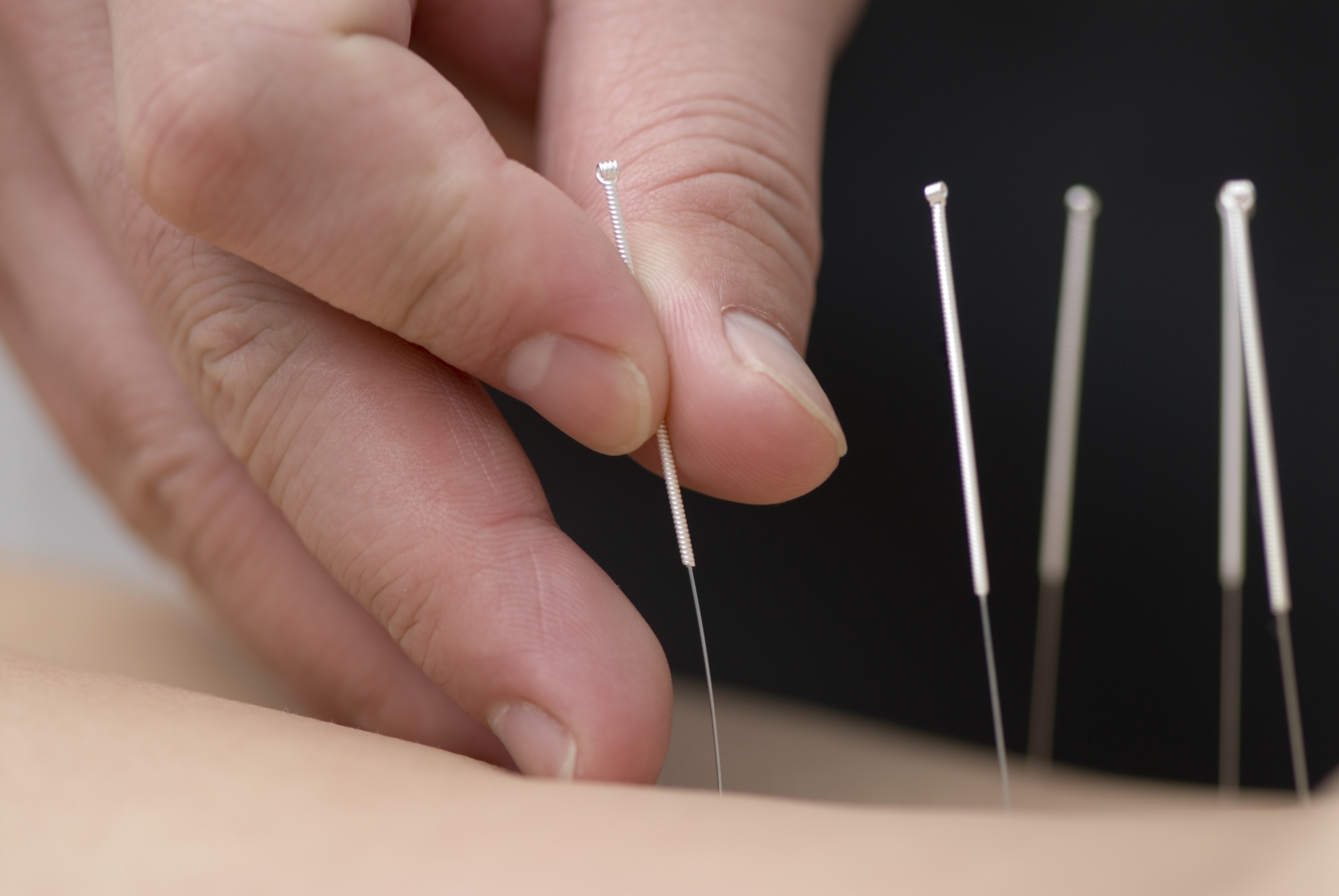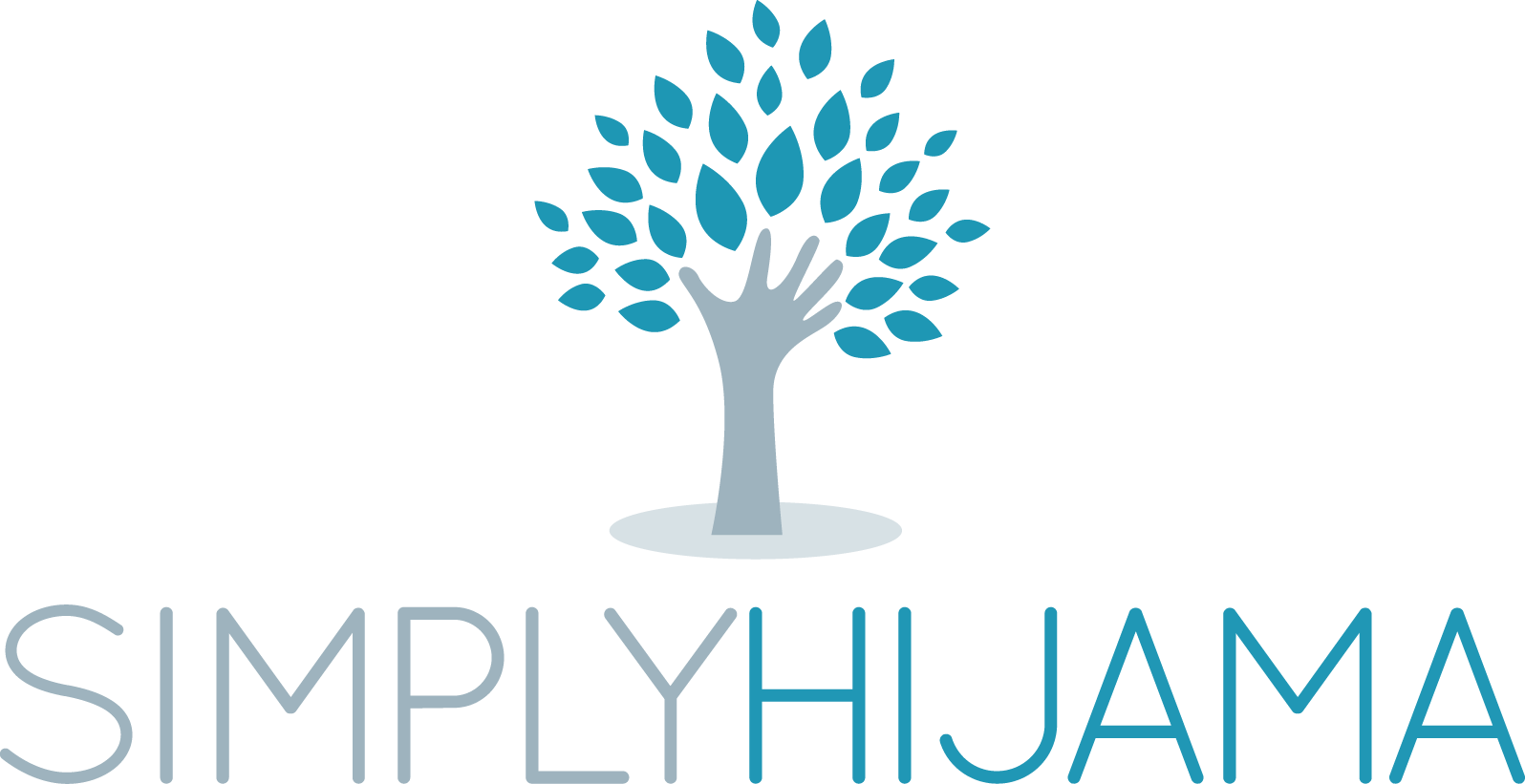
Acupuncture is a very ancient form of healing that predates recorded history. It is a form of alternative medicine in which thin needles are inserted into the body for a desired effect. Acupuncture improves the body’s functions and promotes the natural self-healing process by stimulating specific anatomic sites--commonly referred to as acupuncture points, or acupoints. The most common method used to stimulate acupoints is the insertion of fine, sterile needles into the skin. Pressure, heat, or electrical stimulation may further enhance the effects. Other acupoint stimulation techniques include: manual massage, moxibustion or heat therapy, cupping, and the application of topical herbal medicines and linaments.
Traditional Chinese Medicine is based on an ancient philosophy that describes the universe, and the body, in terms of two opposing forces: yin and yang. When these forces are in balance, the body is healthy. Energy, called "qi" (pronounced "chee") flows along specific pathways, called meridians, throughout the body. This constant flow of energy keeps the yin and yang forces balanced. However, if the flow of energy gets blocked, like water getting stuck behind a dam, the disruption can lead to pain, reduction in functions, or illnesses. Acupuncture therapy can release blocked qi in the body and stimulate functions, evoking the body’s natural healing response through various physiological systems. Modern research has demonstrated acupuncture’s effects on the nervous system, endocrine and immune systems, cardiovascular system, and digestive system. By stimulating the body’s various systems, acupuncture can help to resolve pain, improve sleep, improve digestive function, and increase the sense of well-being.
Acupuncture is believed to have originated around 100 BC in China, around the time The Yellow Emperor's Classic of Internal Medicine (Huangdi Neijing) was published, though some experts suggest it could have been practiced earlier. Over time, conflicting claims and belief systems have emerged about the effect of lunar, celestial and earthly cycles, yin and yang energies, and a body's "rhythm" on the effectiveness of the treatment.
Acupuncture grew and diminished in popularity in China repeatedly, depending on the country's political leadership and the favour of rationalism or western medicine. Acupuncture spread first to Korea in the 6th century AD, then to Japan through medical missionaries, and then to Europe, starting with France. In the 20th century, as it spread to the United States and Western countries, the spiritual elements of acupuncture that conflict with Western beliefs were abandoned in favour of tapping needles into nerves.
Health Benefits
An individual who is suffering from chronic pain syndrome, may be analysed in terms of which meridians are blocked and then through the treatment of the appropriate points on the meridian, the pain may be alleviated.
The same individual may be analysed according to which muscle groups are involved in the painful area and may be treated by acupuncture at trigger points that specifically affect those muscles.
An individual suffering from an autoimmune disorder may be analysed according to which of the traditional organ systems are involved, with treatment of the associated meridians.
The same individual may be analysed in terms of the immune system disturbance, and accordingly treated by stimulating points that have been recently identified as immune regulators.
Case-controlled clinical studies have shown that acupuncture has been an effective treatment for the following diseases, symptoms or conditions:
w Allergic rhinitis (including hay fever)
w Anxiety
w Depression
w Dysmenorrhoea, primary
w Facial pain
w Headache and Migraines
w Hypertension
w Hypotension
w Induction of labour
w Infertility
w Insomnia
w Knee pain
w Low back pain
w Malposition of fetus
w Morning sickness
w Nausea and vomiting
w Neck pain
w Pain in dentistry
w Periarthritis of shoulder
w Postoperative pain
w Renal colic
w Rheumatoid arthritis
w Sciatica
w Sprain
w Stroke
Techniques for Health

In ancient times, the number of acupuncture points was established to be the same as the number of days in the year: 365. These points were mapped to 14 major meridian lines, one meridian for each of the 12 inner organs, one meridian along the spine (called the governing vessel), and another along the midline of the abdomen (called the conception vessel).
More recently, the number of points identified by acupuncturists has exploded. There are extra meridians (some of them outlined in ancient times, others modern) with their own sets of points, there are special points (off meridians), and there are complete mappings of body structures and functions by points along the outer ears, on the nose, in the scalp, on the hands, on the feet, and at the wrists and ankles. Despite the growing number of treatment zones, most acupuncturists still utilize the traditionally-identified points on the 14 main meridians.
In this blog, I will go through a few of these meridian points.
For each point mentioned below, the name of the meridian, the number of the point, the number of standard points on the meridian, its designation by one of the number-based classification systems (two letters and the point number), and the Chinese name are given:
Large Intestine Meridian, point #4 of 20: LI4, Hegu
This point is located on the back side of the hand between the thumb and first finger. The dominant uses are to relieve pain and to treat constipation or other bowel disorders. However, this point is also utilized in the treatment of inflammatory and feverish diseases which have symptoms in the throat and head, this is because the large intestine meridian runs from the hand to the face.
Lung Meridian, point #7 of 11: LU7, Lieque
This point is located above the wrist on the inside of the arm. It is used to treat several disorders of the upper body, including headache, neck stiffness, cough, asthma, sore throat, facial paralysis, and wrist problems.
Stomach Meridian, point #36 of 45: ST36, Zusanli
This point is located on the front of the leg, just below the knee. It is helpful for digestive disorders, including nausea, vomiting, gastralgia, and abdominal distention, and also for general weakness. Recently, numerous clinical trials have been conducted with treatment of this point alone, demonstrating positive effects in treating anaemia, immune deficiency, fatigue, and numerous diseases.
Liver Meridian, point #3 of 14: LV3, Taichong
The point is located on the top of the foot, between the first and second toes. It is used to balance emotional energy, to regulate menstruation, to reduce tension and pain in the chest, treat eye disorders, alleviate headaches, and reduce high blood pressure.
Governing Vessel, point #20 of 28: GV20, Baihui
This point is located at the top of the head. It is traditionally applied in the treatment of various mental disorders, and for problems that occur in the head: headache, vertigo, ringing in the ears, nasal obstruction, difficulty with speech, etc. It is also used to treat prolapse, such as that of the rectum and uterus.
Conception Vessel, point #4 of 24: CV4, Guanyuan
This point is located a little below the navel. It is used for all types of lower abdominal disorders, including urination problems, hernia, menstrual disorders, gynaecological infections, postpartum bleeding, diarrhoea, rectal prolapse, etc.
To Sum Up…
The thought of needles entering your body is a horrifying experience for some. Many of us have had blood taken at some point in our lives. However, the needles used here are very different to the daunting big needles at the doctors’ surgery. These needles are ultra-thin and perhaps longer depending on how deep it needs to descend into the skin. Do not be alarmed; unlike the injection needles, acupuncture needles go into the skin relatively unnoticed.
The subject of needles always brings up the issue of safety. There are very few side effects from acupuncture when practised by a fully qualified practitioner of traditional acupuncture. Any minor side effects that do occur, such as dizziness or bruising around needle points, are mild and self-correcting. Having said that, there is a growing number of people who practice self-needling, especially patients who are undergoing chemotherapy and are taught limited but effective treatment to minimise the side-effects of the drug therapy. To avoid injury to vital nerves and structures I would recommend you see a fully trained practitioner who would have studied the anatomy and their respected meridians in more detail.
The benefits of acupuncture far outweigh the slight discomfort you may feel when the needles are inserted. Once you have experienced the effect it has on your body, you won’t look at a needle in the same way again.
Source
http://cim.ucsd.edu/clinical-care/acupuncture.shtml
https://en.wikipedia.org/wiki/Acupuncture
http://www.itmonline.org/arts/acuintro.htm
https://www.acupuncture.org.uk/public-content/public-safety-of-acupuncture/is-acupuncture-safe.html
